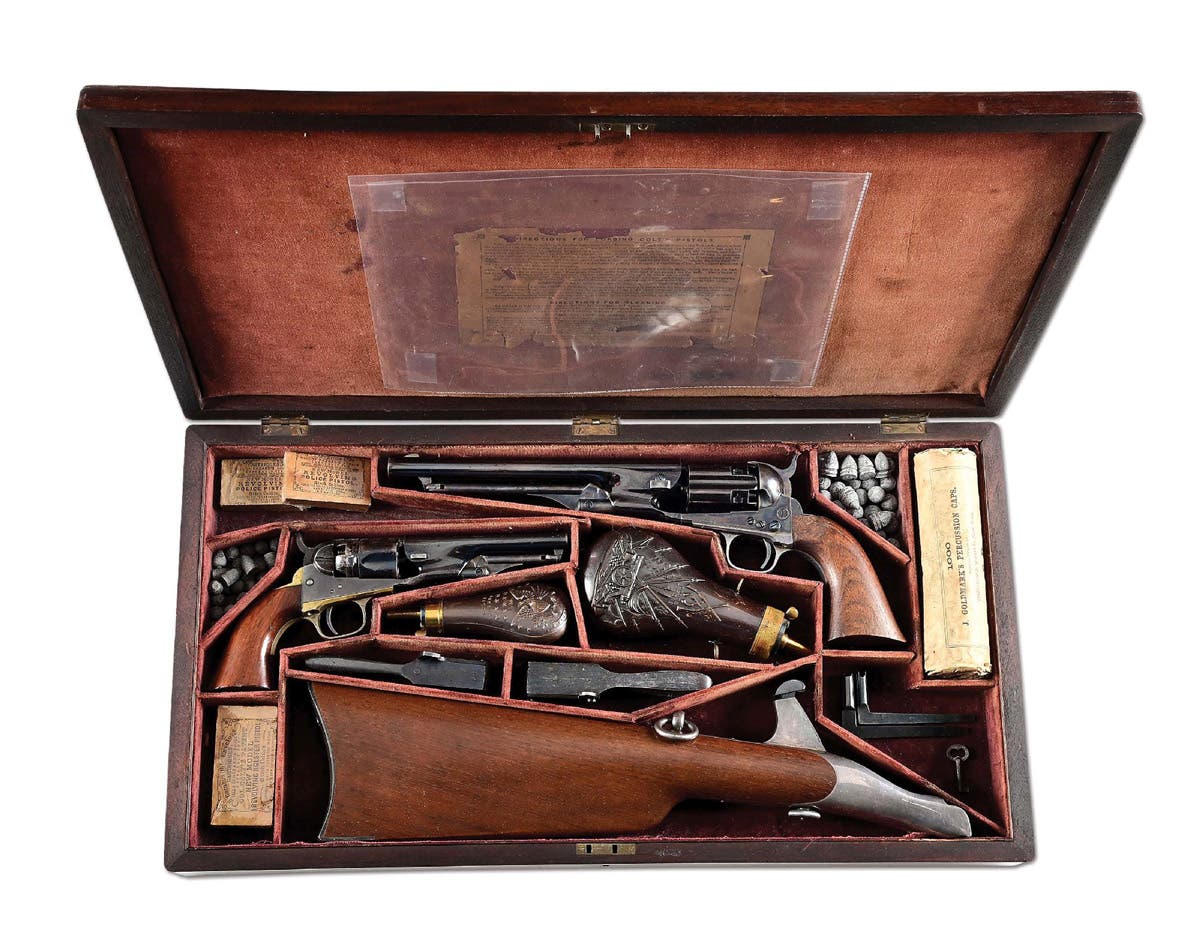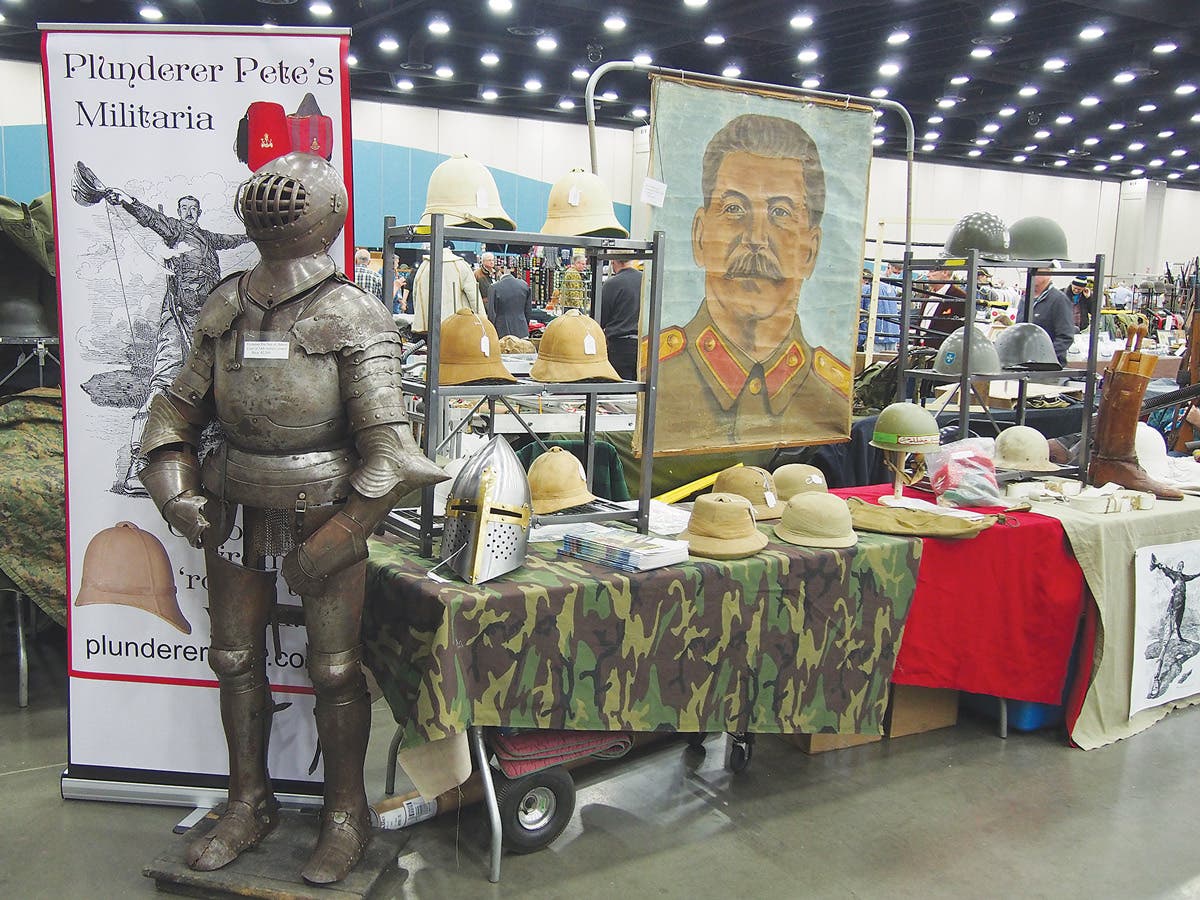Inside the Cave City That Housed 25,000 Allied Troops in WWI
Beneath the northern French town of Arras, years of careful excavation have finally unveiled the secret city where 25,000 British and Commonwealth soldiers lived just yards beneath an unsuspecting enemy.
The wax is still melted on to the chalk pillar which served as an Easter Sunday altar for the men of the Suffolk Regiment more than 90 years ago.
Old helmets are scattered around the floor. A heap of cans, including a tin of Turnwrights Toffee Delight, lies alongside a collection of old stone jars - flagons of rum, perhaps, to numb the fear of the battle ahead.
The word "Latrine" is still written above an arrow on a 30ft chalk pillar. Next to it, two large rusting buckets sit beneath wooden holes.
Further down the labyrinth, another arrow points up to "No 10 Exit".
Here a staircase hacked into the rock leads up to a tunnel and on through 60ft of chalk towards the outside world.
Today, the tunnel is blocked. In 1917, it led to fresh air and daylight. But it was also a stairway to hell.
And I feel extraordinarily privileged to be one of the few people to climb it without feeling the angel of death sitting on his shoulders.
After the best part of a century, a stupendous remnant of World War I can be unveiled to the world.
Here, beneath the northern French town of Arras, years of careful excavation have finally unveiled the secret city where 25,000 British and Commonwealth soldiers lived just yards beneath an unsuspecting enemy.





